For the past few weeks, in a slum in the capital Dhaka, Abdur Rahman has been experiencing power outages almost every night.
"After a hard day's work, I want to sleep well to regain my strength. But now my sleep is interrupted because the fan is not working. I wake up many times during the night, covered in sweat," said Abdur Rahman.
He nearly fainted while pedaling a cyclo under the scorching sun in the capital Dhaka on June 8. "It is impossible to continue working in this weather," Rahman said.
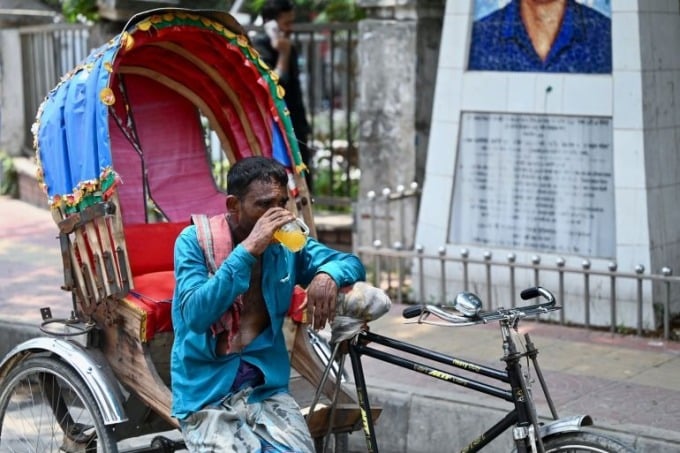
A cyclo driver in Dhaka on June 6. Photo: AFP
The power crisis has added to the misery of Bangladeshis as the country reels from its longest heatwave in decades. The heatwave began in April and continued into early May before easing, then resuming late last month.
The government closed tens of thousands of primary and secondary schools this week as temperatures soared above 40 degrees Celsius in Dhaka. Other cities like Rangpur recorded temperatures above 41 degrees Celsius, the highest since 1958.
Bangladesh's Meteorological Department said it had not seen a heatwave as long as this year since the country gained independence in 1971. Earlier this week, Bangladesh's largest power plant stopped operating because the government could not import raw materials, as foreign exchange reserves dwindled and the Bangladeshi taka lost 25% of its value against the dollar.
Four years ago, graphic designer Julfiqar Ali decided to move from Dhaka to Rangpur, northern Bangladesh, to avoid the soaring cost of living in the capital, and to find peace in the quiet countryside.
"I work online, mainly taking orders from the US and Europe. So I can work anywhere as long as there is electricity and stable internet," Ali said. "Rangpur has both, so I made the decision very quickly."
However, over the past few months, the unstable electricity supply in Rangpur has prevented him from completing many projects on time. "The electricity supply doesn't last even 2-3 hours. When the power goes out, it takes a long time to come back. Generally, we only get 8-9 hours of electricity a day. I can't work in this situation," Ali said.
Bangladeshi officials say the power crisis could be exacerbated by the financial crisis. According to the Bangladesh Bank, the country’s foreign exchange reserves have fallen below $30 billion for the first time in seven years. Last year, they were $46 billion.
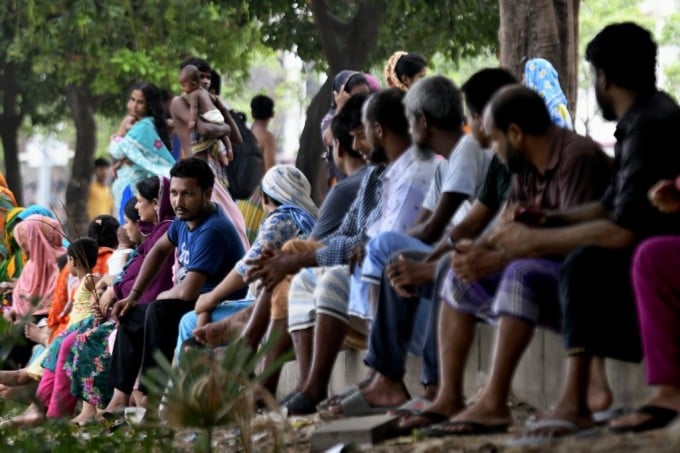
Slum dwellers gather near Hatirjheel Lake to escape the heat in Dhaka, June 7. Photo: AFP
The 1,320 MW Payra power plant has been shut down due to a lack of coal. The government has assured Bangladesh's largest power plant will be operational by the end of this month, but a top official at its operator, the North West Power Generation Company, said "this is highly unlikely".
At least 53 of the country's 153 power plants have been shut in recent weeks for maintenance or fuel shortages due to a shortage of dollars, according to data from Bangladesh's National Electricity Generating Authority.
Data shows 49 plants are running at full capacity, while the remaining 51 are operating at half capacity due to fuel shortages. As a result, the South Asian nation of 170 million people is facing an unprecedented load shedding of about 2,500 megawatts, equivalent to the country’s electricity output in the late 1990s.
Prime Minister Sheikh Hasina Wazed expressed sympathy for the plight of people affected by the power cuts on June 6, saying the heatwave had made the situation worse. "Who could have imagined that the temperature would reach 41 degrees Celsius?" she said during a meeting of the Awami League party.
Ms Hasina, who also serves as Bangladesh's Energy and Power Minister, said the government had signed agreements with Qatar and Oman to buy fuel and had imported more coal. "We have to save electricity. It is not just us who are facing the crisis. The whole world is facing a fuel crisis because of the Russia-Ukraine conflict," she said.
Industries in Bangladesh, including the garment sector, which accounts for more than 80% of the country’s exports, have been hit hard by the power cuts. Factory owners say the crisis has increased production costs, forcing them to reduce output or delay production.
Sazzad Hossain, a garment factory owner, said the machines in his factory sit idle for hours due to frequent power cuts. "Customers have set delivery deadlines and if we don't complete the orders on time, the buyers won't pay," he said.
Hossain said he was forced to choose a more expensive alternative to meet the delivery deadline: chartering a plane. "This would result in no profit, or even a loss. It would essentially limit the country's export earnings and exacerbate the dollar crisis," he said.
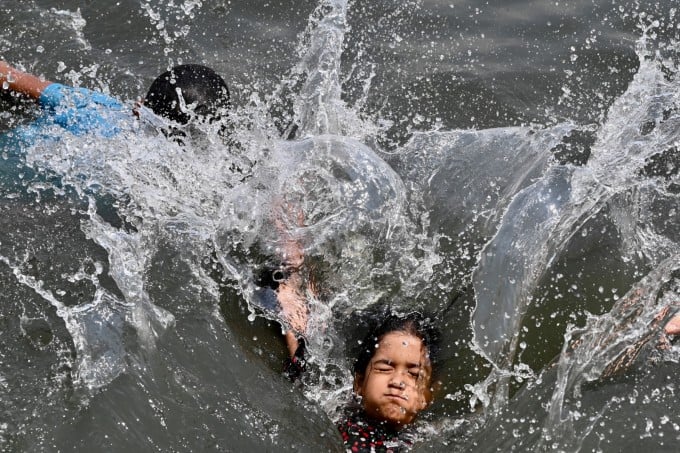
Children swim in the Buriganga River in Dhaka, Bangladesh, on June 6 to avoid the heat. Photo: AFP
Shamsul Alam, energy adviser to the Consumers Association of Bangladesh (CAB), said the power crisis cannot be resolved overnight. "The government has been talking for a year but the situation has only worsened," he said.
Alam attributed the power crisis not only to the war in Ukraine but also to the government's energy policy. "We have put too many eggs in one basket, with electricity production heavily dependent on gas," he said, noting that at least 52% of the country's electricity is produced using gas.
“Gas reserves in the fields are decreasing and the government, instead of focusing on exploring new gas fields, has chosen to import expensive LNG,” he said. Alam said that depending on LNG is dangerous because events such as war can affect the market, causing prices to skyrocket.
"The government should choose to develop multiple energy sources to reduce dependence on one type of fuel," he said.
Meanwhile, in Rangpur, graphic designer Ali remains without electricity. "The power cut has not only affected my work but also my health. It is so hot that I am tired all day and I cannot cool down by turning on the fan," he said.
Hong Hanh (According to Al Jazzeera )
Source link



![[Photo] Prime Minister Pham Minh Chinh chairs the Government's online conference with localities](https://vphoto.vietnam.vn/thumb/1200x675/vietnam/resource/IMAGE/2025/10/5/264793cfb4404c63a701d235ff43e1bd)



![[Photo] Prime Minister Pham Minh Chinh launched a peak emulation campaign to achieve achievements in celebration of the 14th National Party Congress](https://vphoto.vietnam.vn/thumb/1200x675/vietnam/resource/IMAGE/2025/10/5/8869ec5cdbc740f58fbf2ae73f065076)










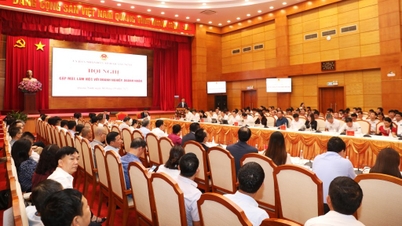

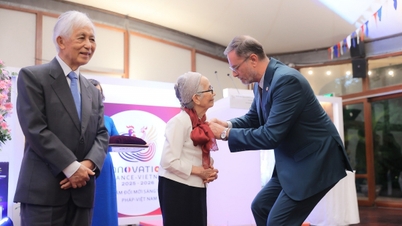
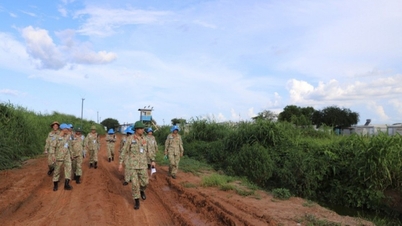

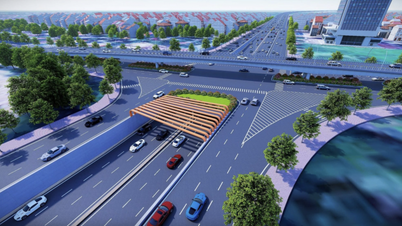
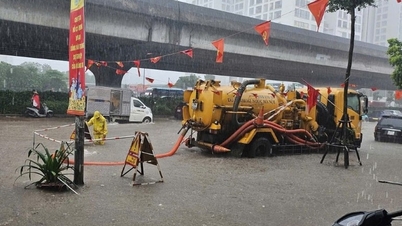

































![[VIDEO] Summary of Petrovietnam's 50th Anniversary Ceremony](https://vphoto.vietnam.vn/thumb/402x226/vietnam/resource/IMAGE/2025/10/4/abe133bdb8114793a16d4fe3e5bd0f12)

![[VIDEO] GENERAL SECRETARY TO LAM AWARDS PETROVIETNAM 8 GOLDEN WORDS: "PIONEER - EXCELLENT - SUSTAINABLE - GLOBAL"](https://vphoto.vietnam.vn/thumb/402x226/vietnam/resource/IMAGE/2025/7/23/c2fdb48863e846cfa9fb8e6ea9cf44e7)


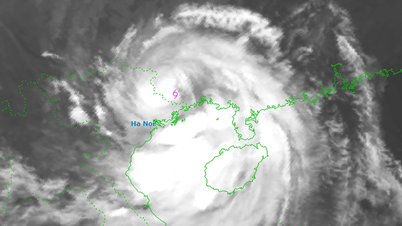










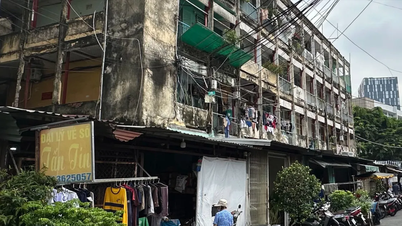
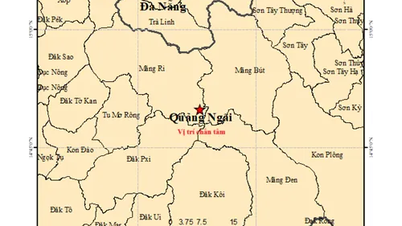


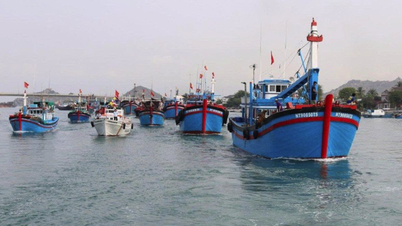
















Comment (0)